Joshua Tree National Park is an exciting place to visit in southeastern California. It is known for its unique desert landscape, interesting geological features, and wide range of plants and animals. Spread across two distinct desert ecosystems, the Mojave and Colorado, this 1,235 square-mile park offers visitors an array of outdoor activities and opportunities for exploration. This comprehensive guide will cover the park’s main attractions, activities, accommodations, and practical information, accompanied by FAQs and reviews to help you make the most of your visit to Joshua Tree National Park.
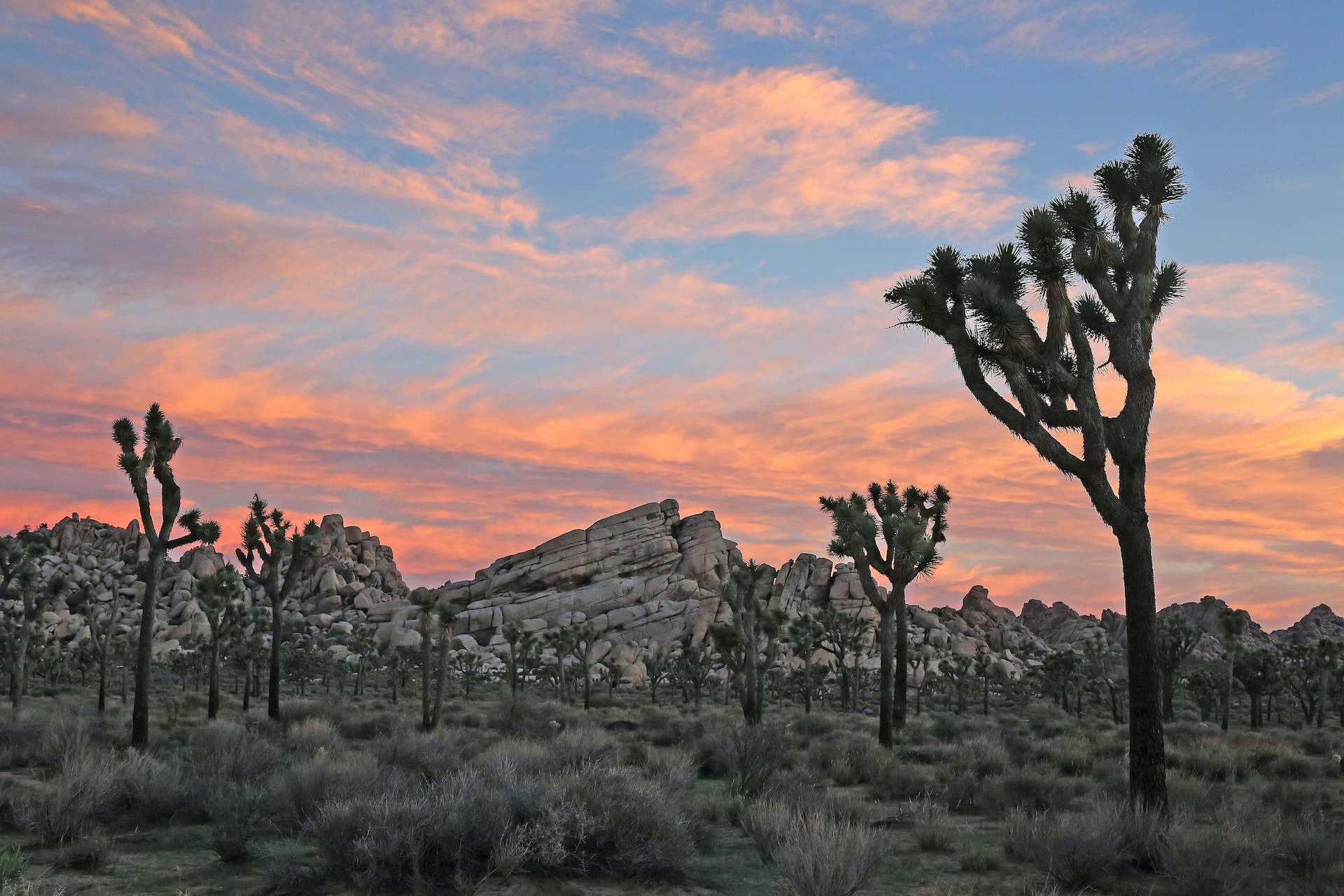
The Unique Landscape of Joshua Tree National Park
Joshua Trees
The Joshua Tree National Park is named after its namesake, a yucca species unique to the Mojave Desert. The twisted branches and sharp leaves of these trees make them stand out. They are a well-known park symbol and can live for hundreds of years. The best places to see Joshua Trees are along the park’s main roads, particularly those surrounding the West Entrance and Keys View.
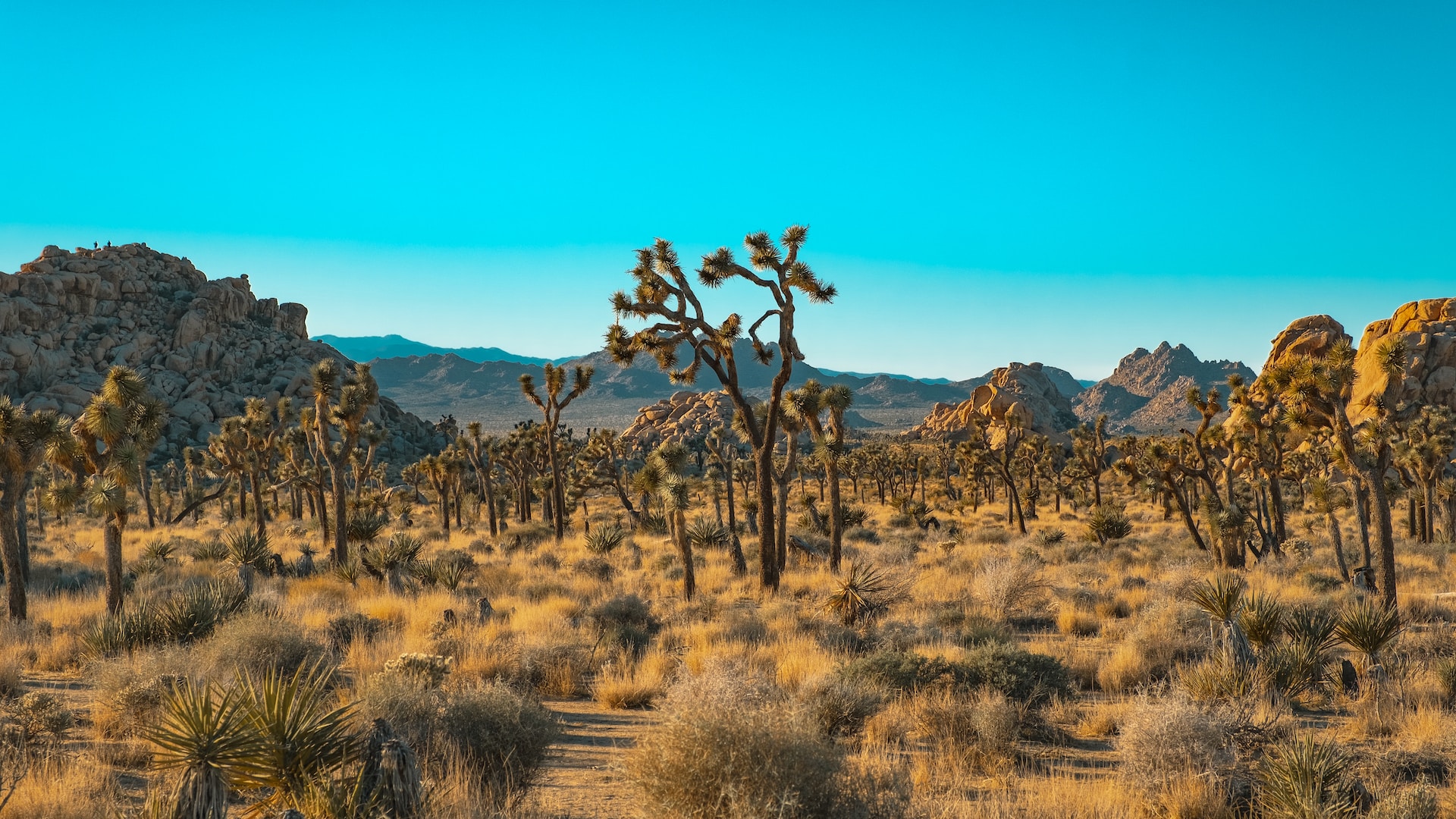
Rock Formations
The park’s impressive rock formations result from millions of years of erosion and tectonic activity. These geological wonders, including massive boulders and dramatic cliffs, create a surreal landscape perfect for exploration and photography. Notable rock formations include those found in Hidden Valley, Wonderland of Rocks, and Jumbo Rocks.
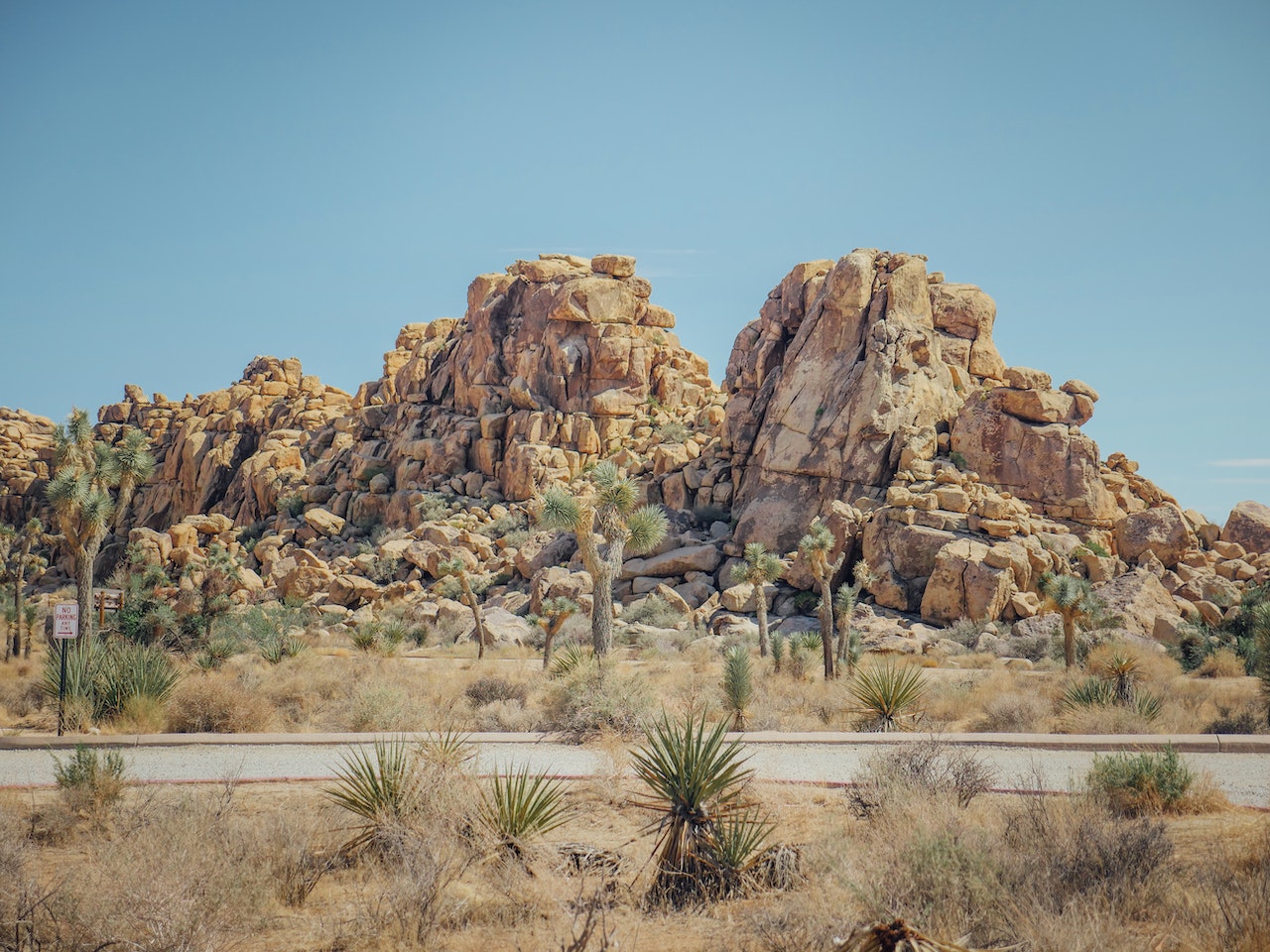
Cholla Cactus Garden
The Cholla Cactus Garden is a must-see attraction in the park, located in the Pinto Basin area of the Colorado Desert. This 10-acre garden showcases the unique Teddybear Cholla cactus, known for its dense covering of spines that resemble a fuzzy teddy bear from a distance. A short, accessible trail allows visitors to stroll among these fascinating plants while enjoying the beautiful desert scenery.
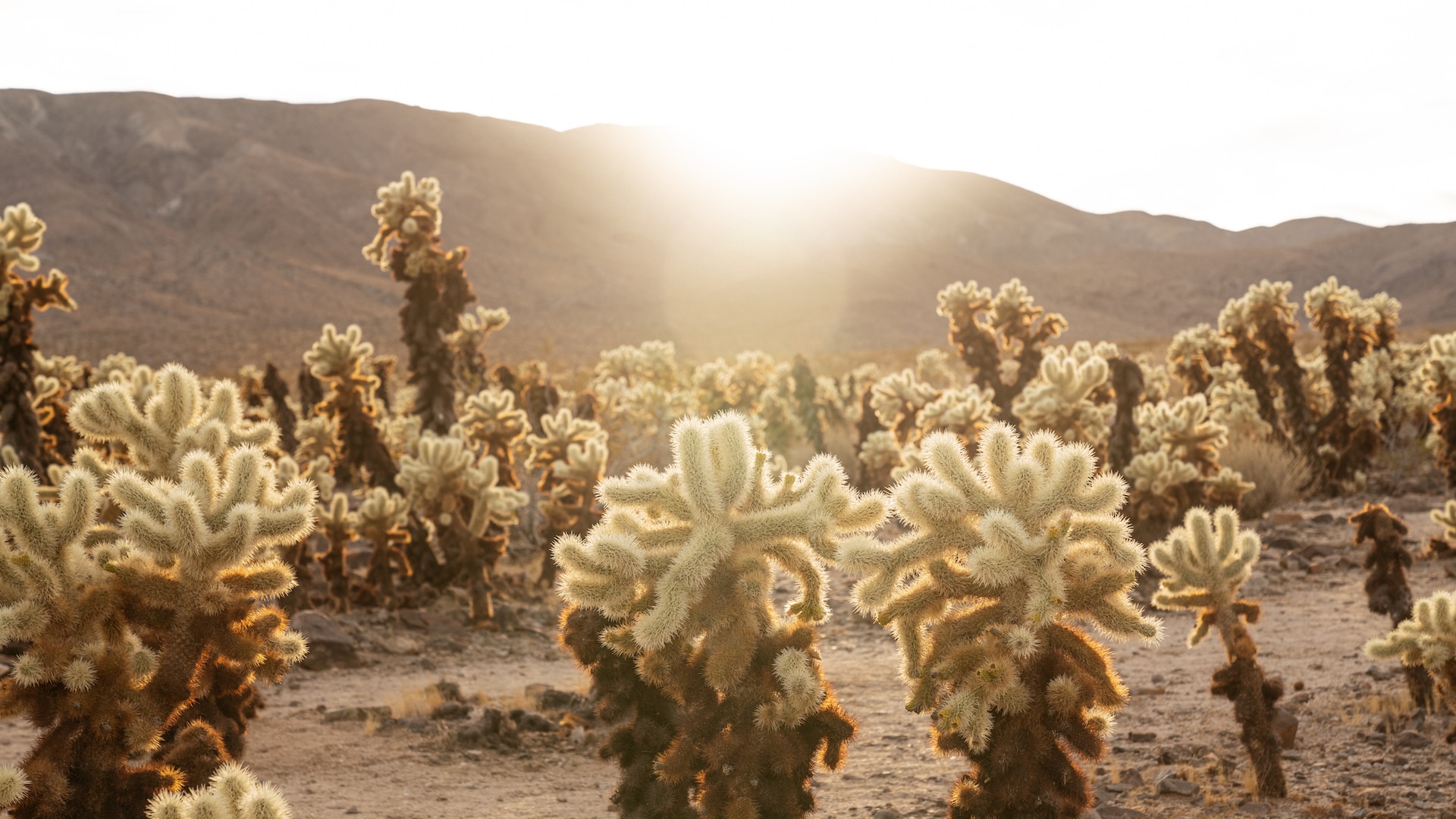
Top Attractions and Points of Interest
Keys View
Keys View is a popular overlook at 5,185 feet, providing breathtaking panoramic views of the Coachella Valley, the San Andreas Fault, and the Salton Sea. Visitors can even see Mexico’s Signal Mountain in the distance on clear days. The viewpoint is accessible via a short, paved road from the central park route and features a small parking area and interpretive signs.
Barker Dam
Early cattle ranchers built Barker Dam, also called the Big Horn Dam, in the park as a historical water storage facility. The dam is now a popular destination for its picturesque setting and the opportunity to spot wildlife that frequents the area for water. A 1.5-mile loop trail takes visitors through various landscapes, including Joshua tree forests, rock formations, and the dam.
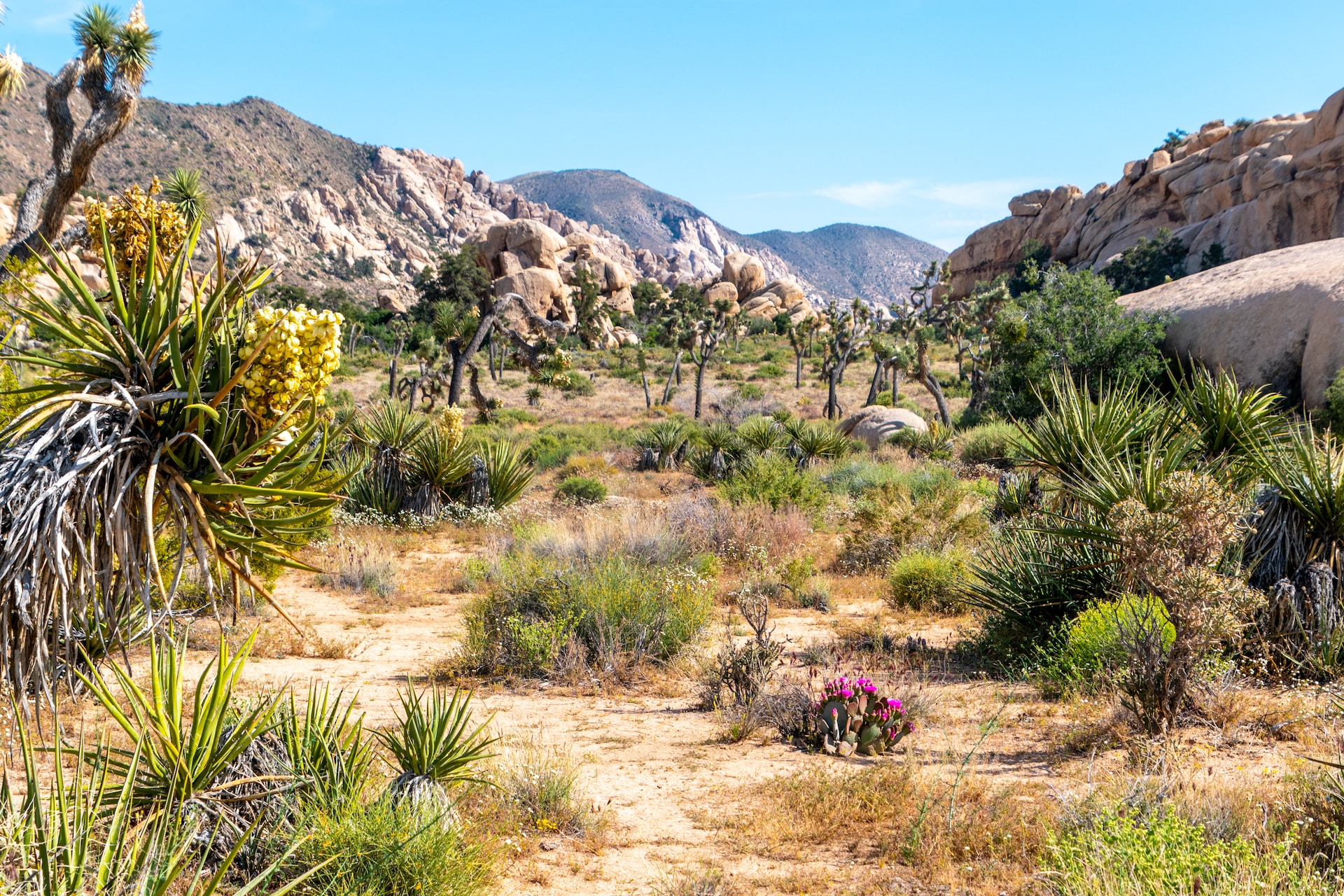
Hidden Valley
Hidden Valley is a popular spot in the park. It is a unique, enclosed valley surrounded by huge boulders that people can explore. The area is known for its abundant plant life and diverse wildlife, making it an ideal location for hiking, picnicking, and photography. The Hidden Valley Nature Trail is a loop around the valley and shows off its plants, animals, and interesting rock formations.
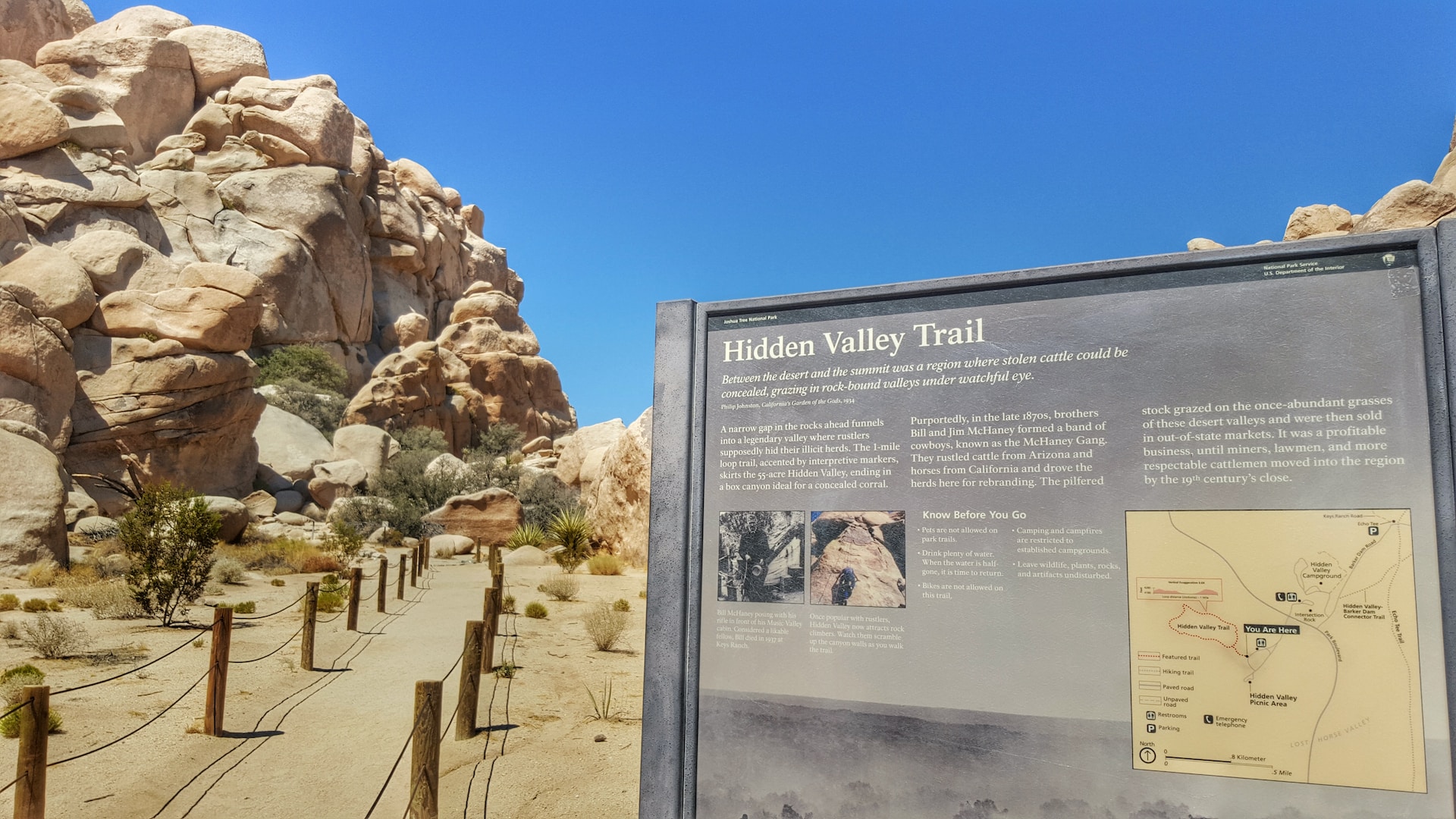
Arch Rock
Arch Rock, located in the White Tank Campground area, is a stunning natural rock arch formed by years of erosion. The arch, which stands 30 feet high, is accessible via a short, 0.5-mile loop trail that winds through the desert landscape and offers excellent opportunities for photography and exploration.
Skull Rock
Skull Rock, named for its striking resemblance to a human skull, is another fascinating geological feature within Joshua Tree National Park. The rock formation, shaped by erosion over thousands of years, can be viewed from the road or explored more closely via the 1.7-mile Skull Rock Nature Trail.
Read more: Hawaii Island in 2023: A Complete Guide to the Big Island
Activities in Joshua Tree National Park
Hiking
Joshua Tree National Park offers over 191 hiking trails, ranging from easy nature walks to challenging backcountry treks. Some popular trails include the Ryan Mountain Trail, Lost Horse Mine Trail, and the 49 Palms Oasis Trail. Always carry plenty of water, wear appropriate footwear, and consult a park map before hiking.
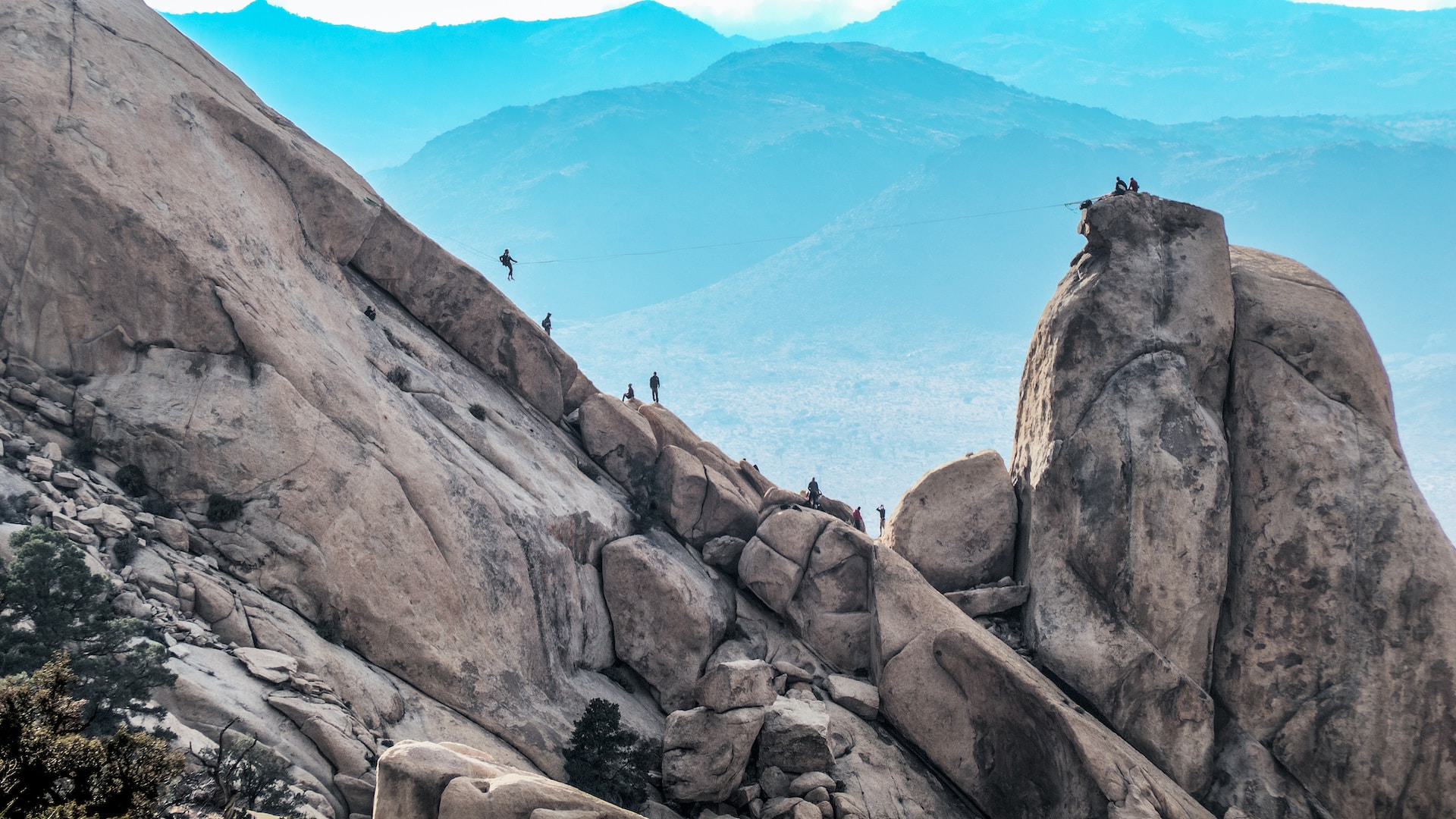
Rock Climbing
With its unique rock formations and more than 8,000 established climbing routes, Joshua Tree is a world-class destination for rock climbers of all skill levels. The park’s granite formations provide various traditional and sports climbing opportunities and bouldering. Always practice Leave No Trace principles and follow park regulations when climbing in Joshua Tree.
Stargazing
Joshua Tree National Park’s remote location and clear desert skies make it an excellent destination for stargazing. The park hosts night sky programs regularly, and several nearby organizations offer guided stargazing tours. For a DIY experience, head to one of the park’s campgrounds or designated stargazing areas for an unforgettable night under the stars.
Wildlife Watching
The park is home to diverse wildlife, including bighorn sheep, desert tortoises, coyotes, and various bird species. Wildlife-watching opportunities abound in Joshua Tree, with some of the best locations, including Barker Dam, 49 Palms Oasis, and the Cottonwood Spring area.
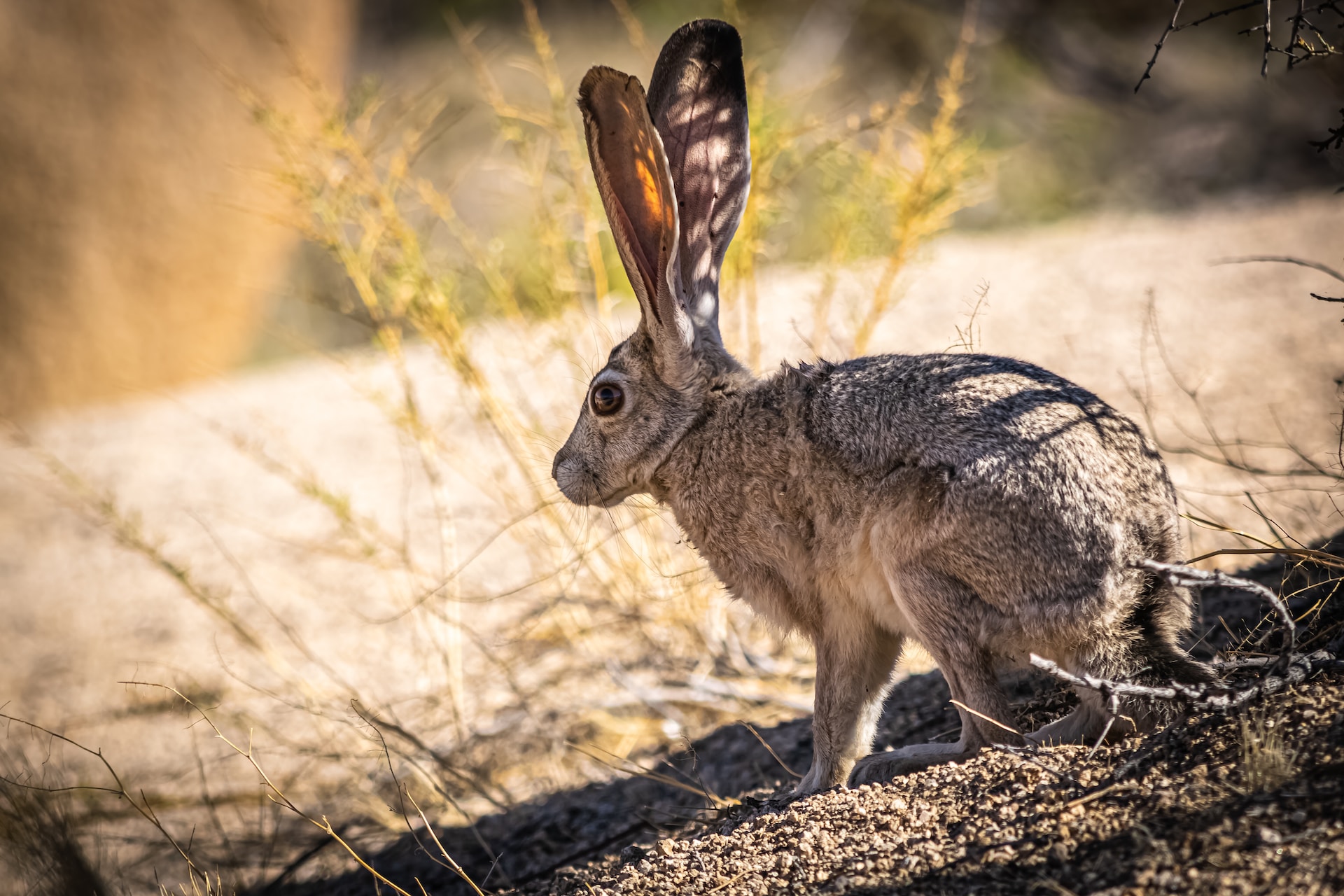
Photography
Photographers can take pictures of the park’s unique landscape, dramatic rock formations, and famous Joshua Trees all day. However, sunrise and sunset are the perfect times to take photos of the park because the soft light highlights the colours and textures of the desert terrain.
Practical Information
Getting to Joshua Tree National Park
Joshua Tree National Park on Google Map
Joshua Tree National Park is located approximately 140 miles east of Los Angeles and is accessible via Highway 62 and the park’s three main entrances: the West Entrance in Joshua Tree Village, the North Entrance in Twentynine Palms, and the South Entrance near Cottonwood Spring.
Park Entrance Fees
The park charges a per-vehicle entrance fee, which is valid for seven days. Annual passes, as well as America the Beautiful Interagency Passes, are also accepted.
Visitor Centers
Joshua Tree National Park has three visitor centres: the Joshua Tree Visitor Center, located just outside the West Entrance in Joshua Tree Village; the Oasis Visitor Center, near the North Entrance in Twentynine Palms; and the Cottonwood Visitor Center, near the South Entrance. These centres provide valuable information, maps, exhibits, and ranger-led programs to help visitors maximize their time in the park.
Best Time to Visit
The best seasons to visit Joshua Tree National Park are spring and fall, when the weather is calmer and the park’s wildflowers are in bloom. During the summer, daytime highs often go above 100°F, which makes it hard to go outside and do things. Winter can also be enjoyable, with cooler temperatures and occasional snowfall adding a unique beauty to the park.
Safety Tips and Precautions
Visitors to Joshua Tree National Park should always carry plenty of water, wear sun protection, and be aware of potential hazards such as flash floods, extreme temperatures, and wildlife encounters. In addition, it is essential to stay on designated trails and avoid disturbing the delicate desert ecosystem.
Accommodations and Camping
Campgrounds in the Park
Joshua Tree National Park offers nine campgrounds with over 500 campsites. Some campgrounds, such as Jumbo Rocks, Hidden Valley, and Indian Cove, are available by reservation, while others operate on a first-come, first-served basis. Amenities vary between campgrounds, but most offer picnic tables, fire grates, and vault toilets.
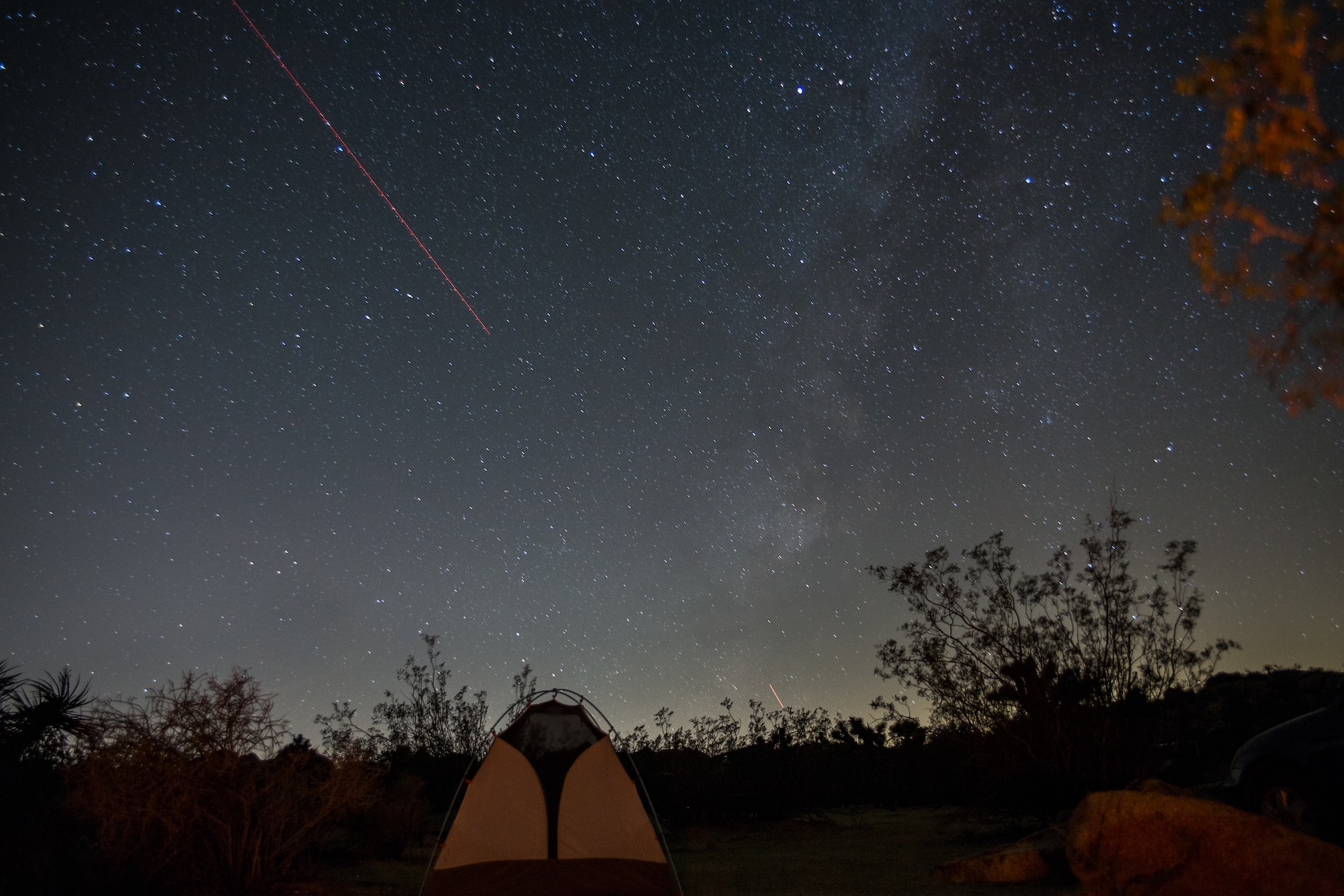
Backcountry Camping
For a more secluded experience, backcountry camping is permitted in designated areas of the park. However, visitors must obtain a free backcountry permit and follow Leave No Trace principles to preserve the park’s fragile ecosystem.
Nearby Lodging and Hotels
Several towns near Joshua Tree National Park, such as Twentynine Palms, Yucca Valley, and Palm Springs, offer various lodging options, including hotels, motels, bed and breakfasts, and vacation rentals.
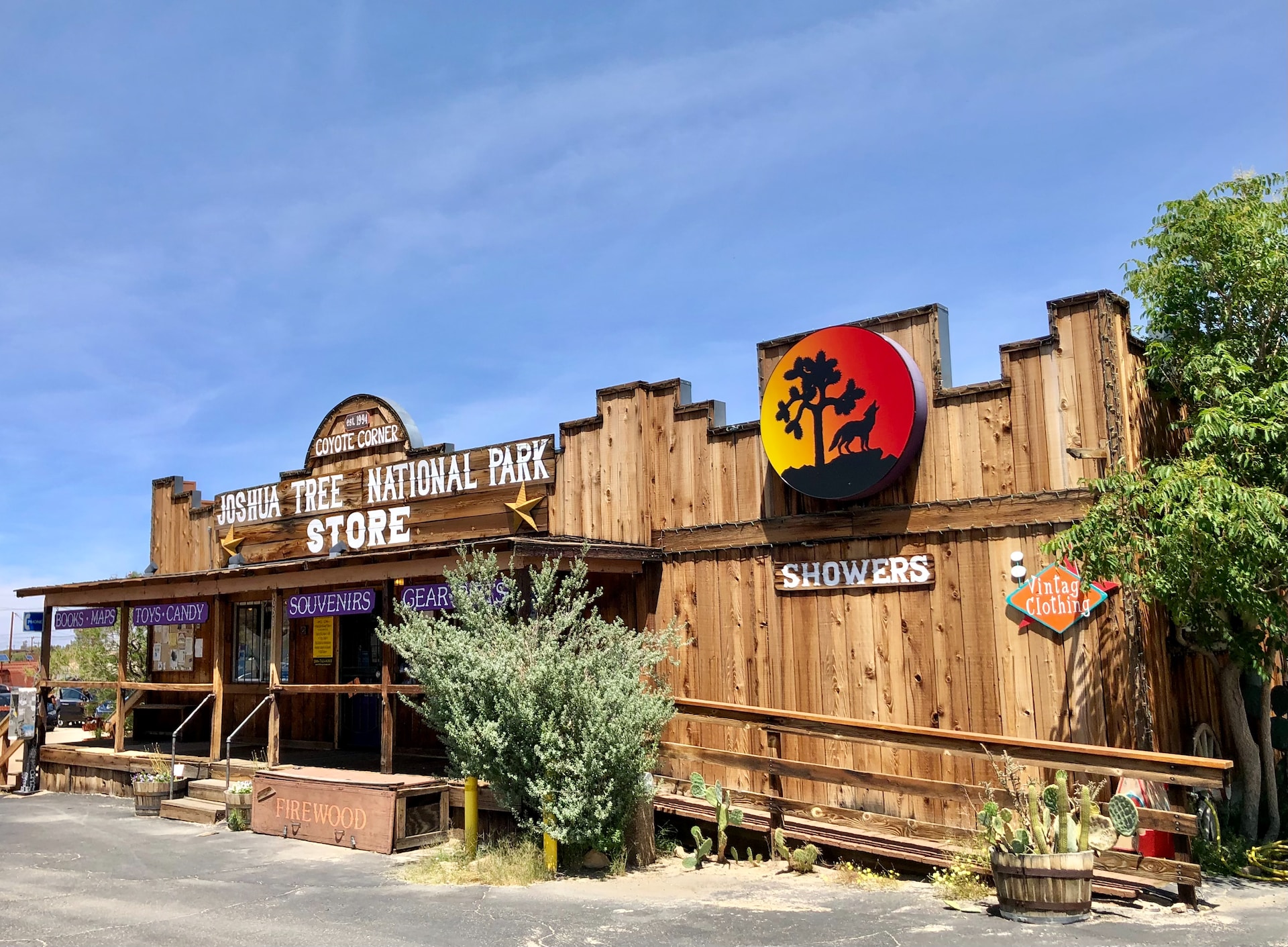
Additional Attractions and Activities in Joshua Tree National Park
Keys Ranch Guided Tours
Keys Ranch, located within the park, is a historic homestead that offers a glimpse into the lives of early settlers in the area. The National Park Service offers guided tours of the ranch, which include a visit to the ranch house, schoolhouse, workshop, and various other structures.
Geology Motor Tour
The Geology Motor Tour is a self-guided, 18-mile loop that takes visitors through some of the park’s most fascinating geological features. The geologic history and processes that have produced the terrain are explained by interpretative markers placed along the route. The tour starts at the junction of Pinto Basin and Turkey Flats roads and can be completed in a few hours.
Bird Watching
With more than 250 recorded bird species, Joshua Tree National Park is an excellent destination for birdwatching enthusiasts. The park’s diverse habitats, including Joshua tree forests, canyons, and desert washes, attract many resident and migratory birds. Prime birdwatching spots include Barker Dam, Cottonwood Spring, and the Oasis of Mara.
Horseback Riding
Horseback riding is permitted on designated trails and dirt roads within Joshua Tree National Park, offering a unique way to explore the park’s beautiful desert landscape. In addition, several nearby outfitters provide guided horseback tours for visitors, or you can bring your horse and stay at one of the park’s equestrian campgrounds, such as Black Rock or Ryan Campgrounds.
Art and Cultural Exhibits
Joshua Tree National Park frequently hosts art and cultural exhibits, workshops, and other events that celebrate the park’s natural and cultural history. The park’s visitor centres and the Joshua Tree Art Gallery, located in the nearby town of Joshua Tree, are excellent places to discover local art and learn about the park’s rich cultural heritage.
Exploring the Surrounding Area
Palm Springs
Located about an hour’s drive from Joshua Tree National Park, Palm Springs is a famous resort town known for its mid-century modern architecture, stylish hotels, and vibrant dining and nightlife scene. Visitors can also explore the Palm Springs Aerial Tramway, the Living Desert Zoo and Gardens, and various art galleries and museums.
Mojave National Preserve
Just a two-hour drive north of Joshua Tree, the Mojave National Preserve offers another opportunity to explore the beauty and diversity of the Mojave Desert. The preserve is home to the stunning Kelso Dunes, the world’s largest concentration of Joshua Trees, and various scenic drives, hiking trails, and historic sites.
Salton Sea
The Salton Sea, a large inland saline lake located southeast of Joshua Tree National Park, is an intriguing destination for visitors interested in nature, history, and the unique environment created by California’s largest lake. In addition, the area offers opportunities for birdwatching, photography, and exploring the fascinating, albeit eerie, abandoned structures and communities that once thrived along the lake’s shores.
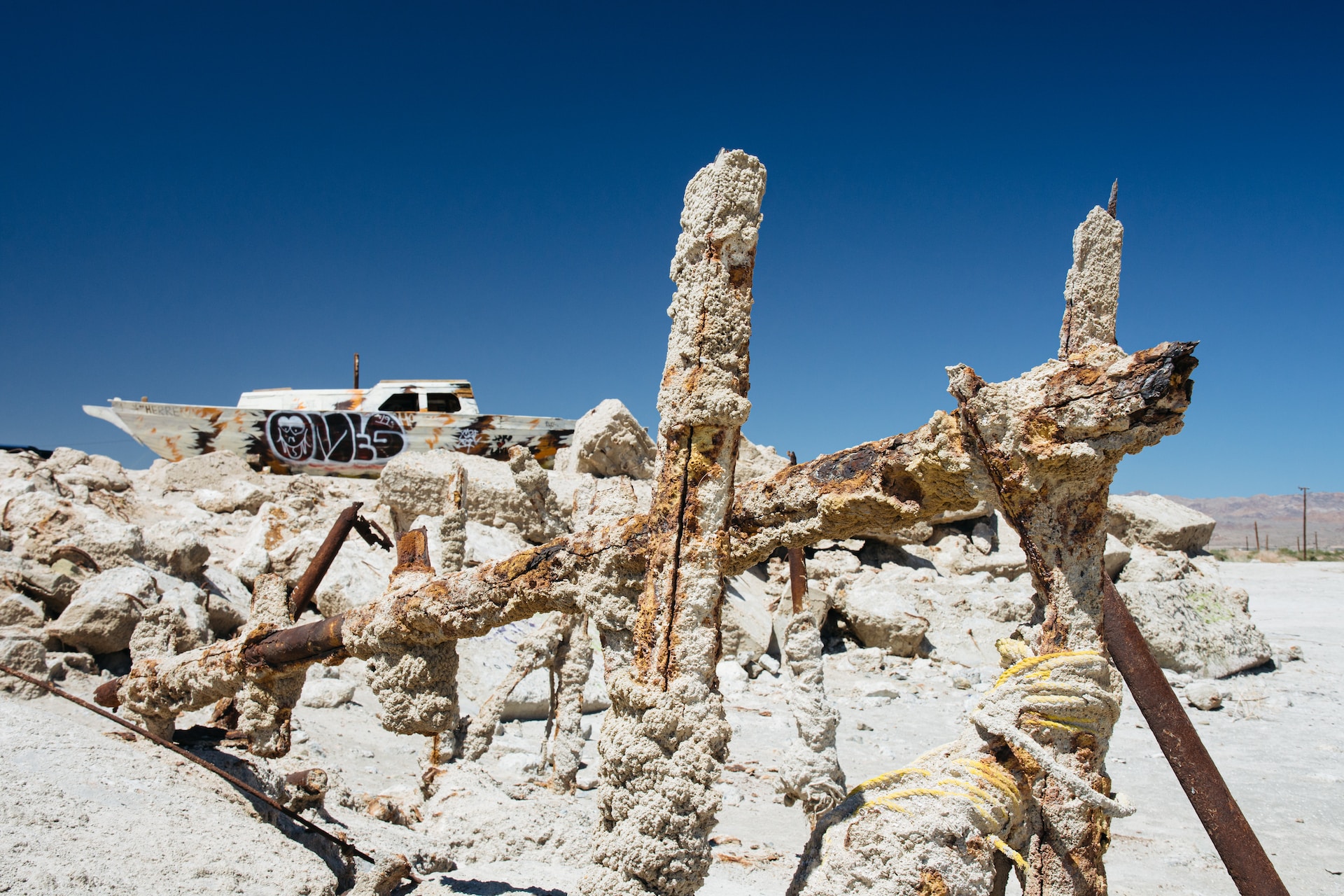
Reviews and Testimonials
Joshua Tree National Park is a must see for anybody who enjoys the great outdoors. The unique landscape, combined with the variety of activities available, make it a truly unforgettable experience.
John D., TripAdvisor Review, April 2022
Our family had an amazing time exploring Joshua Tree. The park offers something for everyone, from easy nature walks to challenging hikes and climbs. We cannot wait to come back and explore more of the park’s hidden gems.
Susan M., Yelp Review, March 2022
As a photographer, I was in awe of the beauty and diversity of Joshua Tree National Park. The rock formations, Joshua Trees, and stunning vistas made for some of my favourite shots. I highly recommend a visit to this incredible place.
Kevin L., Google Review, February 2023
Conclusion
In conclusion, Joshua Tree National Park is a remarkable destination that offers visitors a unique blend of stunning landscapes, outdoor adventures, and rich cultural history. From exploring the iconic rock formations and Joshua Trees to enjoying the various recreational activities, such as hiking, rock climbing, and stargazing, there is something for everyone at this extraordinary park. Remember to indulge in the local culinary delights and take advantage of the information from the park’s visitor centres. A journey to Joshua Tree National Park promises to be a fantastic experience, leaving you with memories and a deeper appreciation for the grandeur and diversity of the American Southwest.
Frequently Asked Questions (FAQ)
How much time do I need to visit Joshua Tree, National Park?
A day trip is sufficient to get a good overview of the park and visit some main attractions. However, a two- or three-day visit is recommended to explore and enjoy the park.
Are pets allowed in the park?
Pets are permitted in the park but must be restrained by a lead no more than six feet long. Pets are permitted in developed areas, campgrounds, and picnic areas, on roads and within 100 feet of roads. They are not allowed on trails, in the backcountry, or park buildings.
What is the best way to explore the park?
The park is best explored by car and on foot. Many of the park’s attractions can be accessed via paved or dirt roads, and there is a wide range of hiking trails to explore the park’s unique landscape.
Are there guided tours available in the park?
Yes, the National Park Service offers guided tours of Keys Ranch, as well as occasional ranger-led programs on various topics. Several private outfitters also provide guided tours like horseback riding and rock climbing.
Can I visit the park during the summer months?
Yes, but be prepared for extreme heat, often exceeding 100°F. It is essential to carry plenty of water, wear sun protection, and avoid strenuous activities during the hottest parts of the day.
Are there any ADA-accessible facilities and trails in the park?
Several park facilities, such as visitor centres and restrooms, are ADA-accessible. Some trails, like the Bajada Nature Trail and the Oasis of Mara Trail, are also designed to be accessible for wheelchair users and those with limited mobility.
What should I bring for a day trip to the park?
Bring plenty of water, sun protection (hat, sunglasses, sunscreen), comfortable clothing and footwear suitable for hiking, a park map, and a fully charged cell phone or camera for capturing the stunning landscape.
Are there any restaurants or food facilities inside the park?
There are no restaurants or food facilities within the park. Visitors should bring their food and snacks or plan to dine in nearby towns such as Joshua Tree, Twentynine Palms, or Yucca Valley.
Can I collect rocks, plants, or other natural features from the park?
No, collecting or removing any natural or cultural features from the park is strictly prohibited. This includes rocks, plants, flowers, and historical artefacts. Help preserve the park for future generations by leaving everything as you found it.

